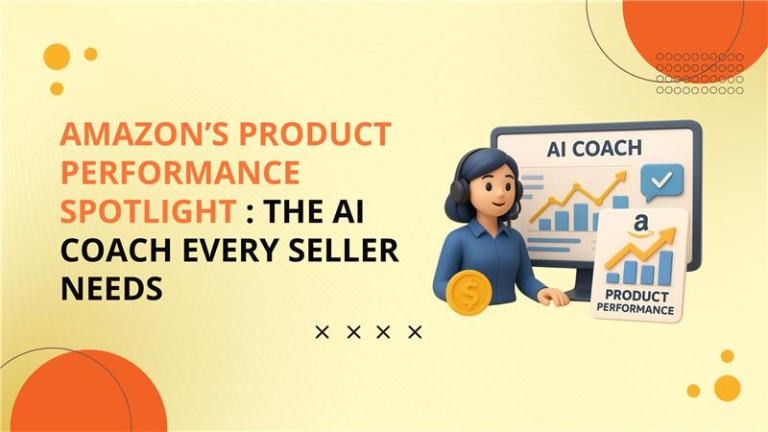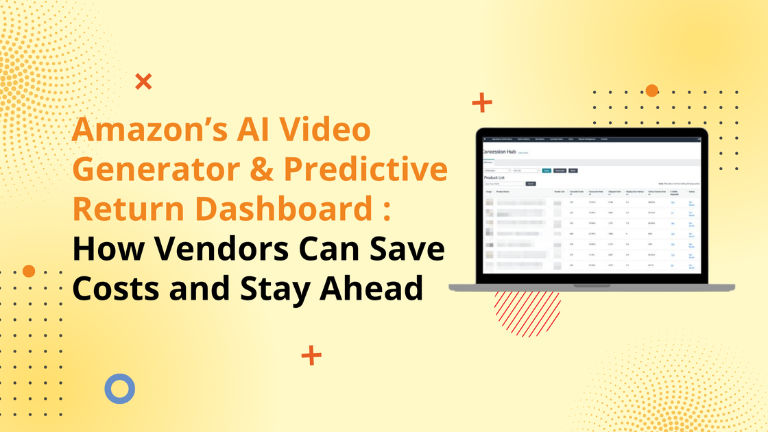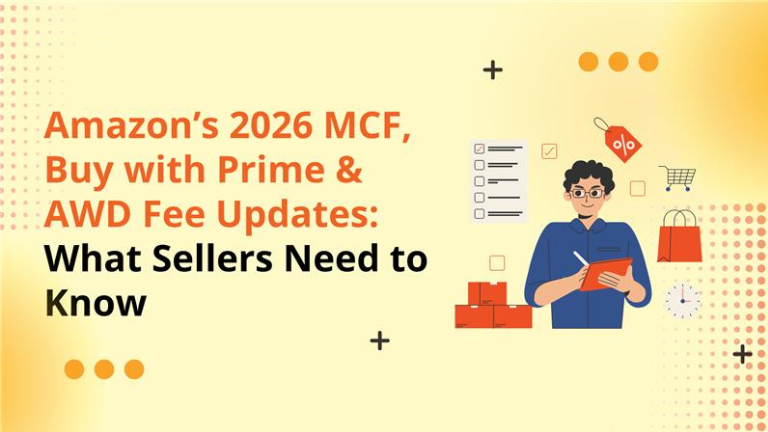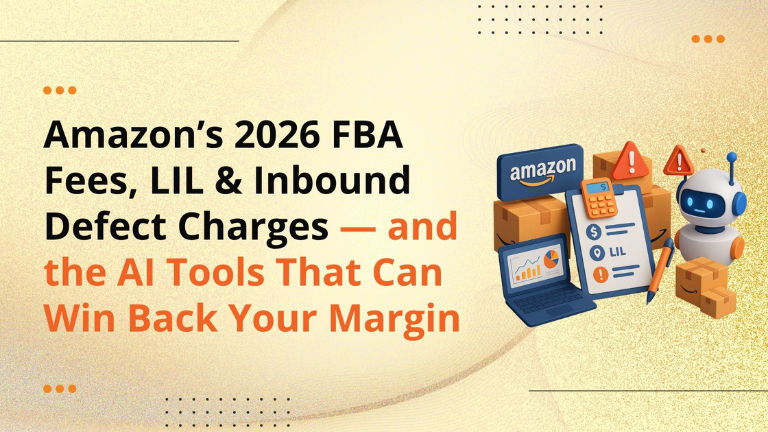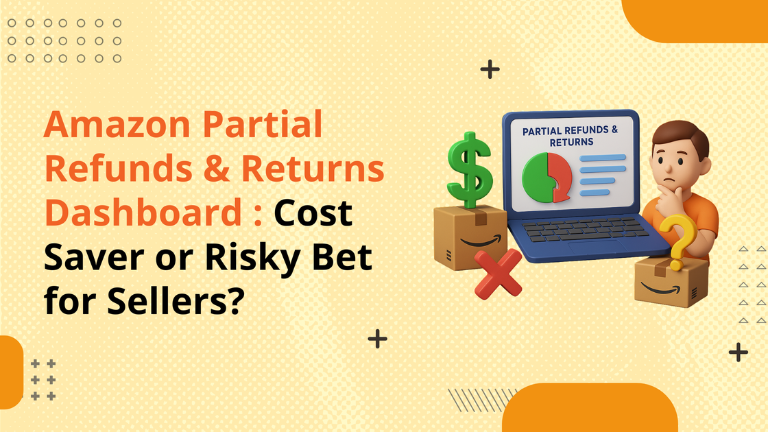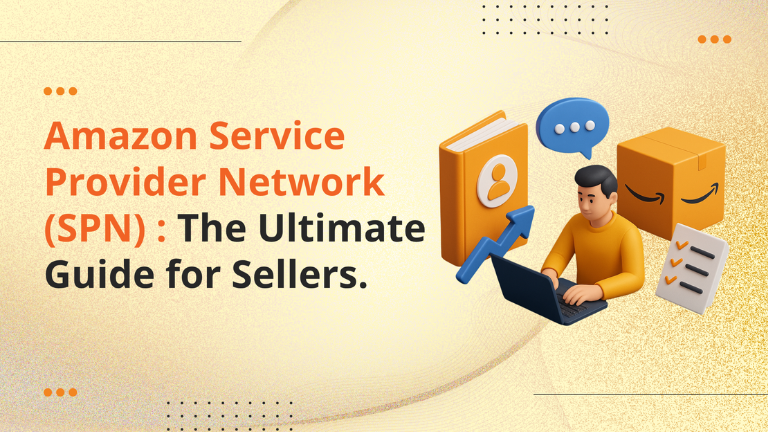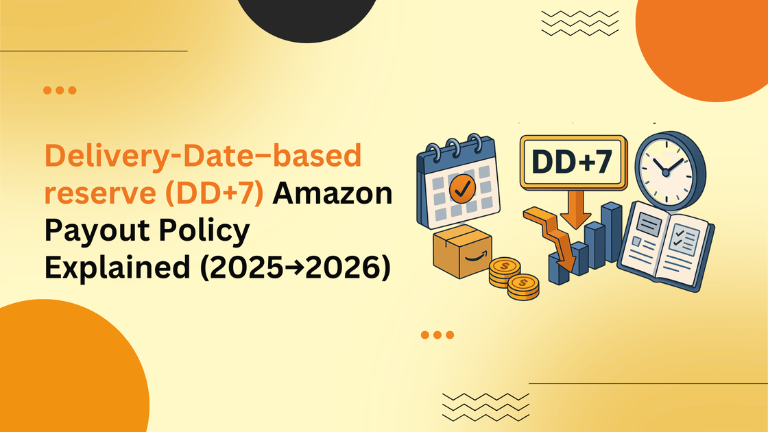Amazon Customer Journey Analytics Adds ASIN-Level Insights — A Game-Changer for Product-Level Optimization
For years, sellers have relied on brand-level data to measure performance inside Amazon’s Customer Journey Analytics (CJA) dashboard. While useful for tracking overall trends, this broad view left a critical blind spot — understanding how individual products performed across the buyer funnel. That blind spot is now gone. Amazon has rolled out ASIN-level insights in Customer Journey Analytics, allowing sellers to measure awareness, consideration, intent, and purchase at the product level. This upgrade fundamentally changes how brands analyze performance — giving sellers the ability to identify exactly where each ASIN wins or loses shoppers. What’s New in Amazon’s Customer Journey Analytics Update? The new ASIN-level insights bring product-level visibility to data that was once only available at the brand level. Key features include: ASIN-specific funnel tracking: Measure how each product performs at different stages. Search Query Integration: Combine funnel data with keyword-level performance from SQP reports. Drop-off detection: Identify weak points and test creative or pricing fixes. Historical trend comparison: Track how changes in campaigns or content affect funnel flow. Why It Matters for Sellers This update gives sellers a tactical edge — shifting analytics from theory to actionable strategy. Spot underperforming products early and fix what’s broken before sales drop. Optimize creative decisions — see if new A+ content or better images actually move the conversion needle. Align ad spend with funnel data to focus budget on products showing high purchase intent. Benchmark product launches and understand how each ASIN builds awareness over time. For multi-ASIN brands, this turns funnel analysis into a profit roadmap. How to Apply ASIN-Level Insights Here’s how sellers can use the new CJA data effectively: Access the ASIN filter in the CJA dashboard under Brand Analytics. Track funnel progression per ASIN — identify where shoppers drop off. Cross-analyze with SQP to find which search queries are driving traffic. Run iterative tests — tweak content or pricing and monitor impact. Reallocate ad budgets toward ASINs showing strong consideration and purchase intent. For deeper performance tracking, integrate these insights into advertising dashboards or your BigCom.AI analytics suite to connect ads, profit, and funnel data in one place. Amazon’s ASIN-level update turns Customer Journey Analytics from a brand dashboard into a product intelligence system. Sellers now have a clearer view of how each product performs across the journey — helping refine strategy, boost ROI, and build sustainable growth. Schedule a strategy call with Big Internet Ecommerce to learn how to use ASIN-level data to increase visibility, conversions, and profitability. Follow Big Internet Ecommerce (BIE) on Instagram & LinkedIn to stay updated with the latest trends in Amazon selling.




